Motherboard upgrade: the complete guide
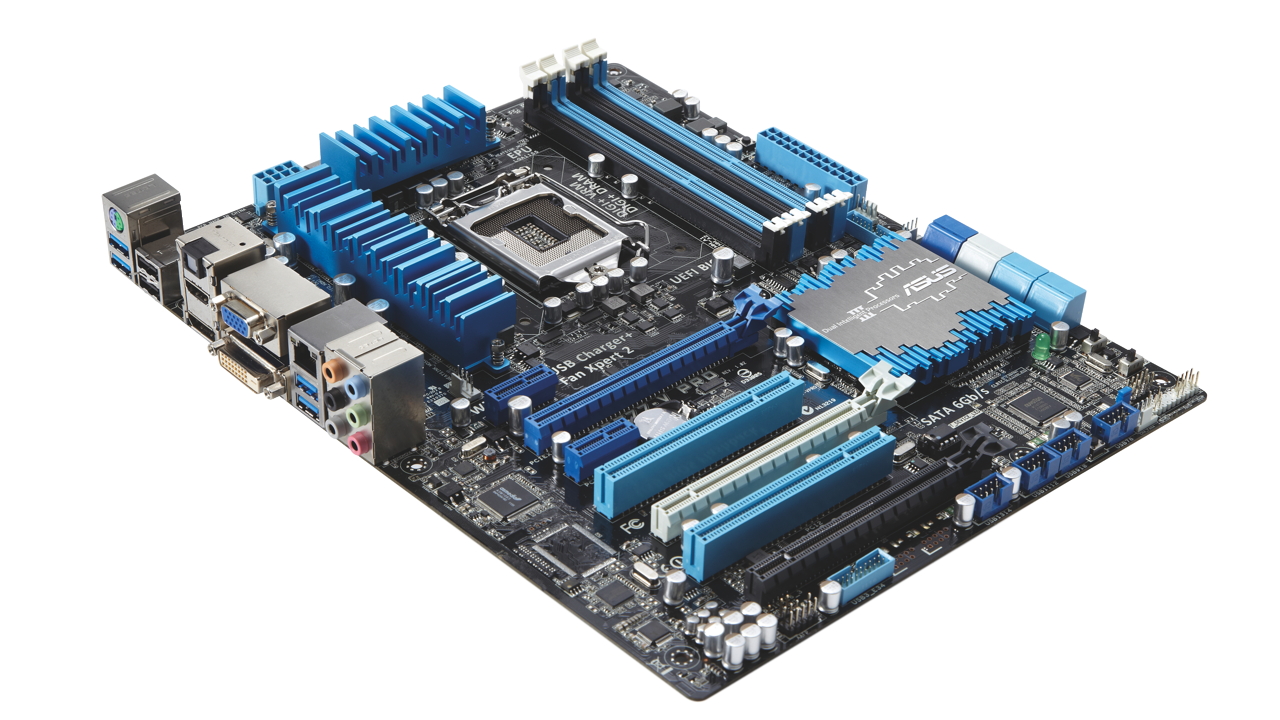
Simple but complicated. That's PC motherboards circa 2011.
On the one hand, there are fewer players in the motherboard chipset market than ever. With Nvidia pretty much out of the game and small time outfits such as Via long gone, you only have to worry about AMD and Intel chipsets.
If that's the simple bit, the complications come courtesy of a PC platform in tumult. There are three big trends at play. First, PCs are becoming ever more integrated. The end game a few years down the line will be PCs based on highly integrated system-on-a-chip devices.
In the meantime, things are getting very messy as some but not all features make their way onto the CPU itself. The most obvious example is on-die graphics.
This matters because the difference between CPUs is no longer a matter of clocks, core counts or cache sizes. There are fundamental functional contrasts and some of them mean new sockets and chipsets are required. It's not much good, for example, having an on-die graphics core or hardware video encoder if your motherboard isn't wired up to make it work.
The second major trend involves power efficiency. Put simply, PC architectures need to become much more power efficient to fend off that billions-strong swarm of tiny ARM-based processors. Intel's response is the Atom processor, not a chip that we've been remotely interested in for the desktop so far.
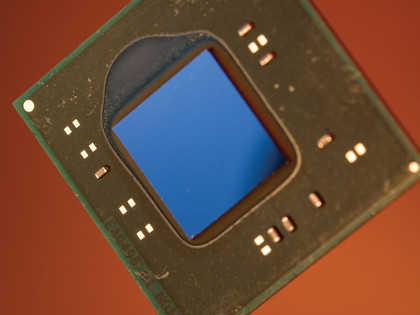
However, AMD's low-power Bobcat core is a little more compelling thanks to out-of-order processing and a half-decent graphics core.
Sign up for breaking news, reviews, opinion, top tech deals, and more.
Meanwhile, AMD's new Llano processors neatly combine both the integration and power efficiency trends in a single, intriguing quad-core design. Of course, just like integration, power efficiency shakes up the PC platform. Both Bobcat and Llano require new sockets and boards.
Finally, and somewhat contradicting the integration trend, remember that interesting new technologies often first appear courtesy of add-in chips. Think Nvidia's SLI-enhancing NF200 controller or Lucid's vendor-agnostic Hydra multi-GPU chip.
But there are other features, such as Intel's upcoming Thunderbolt that also fall into this category. All of which means choosing a motherboard is more challenging than ever. But don't sweat it. PCF is here to help.
What kind of PC do you want? That is the question. More than any other component, the motherboard sets the tone and defines the ultimate capabilities and limitations of your rig. This stuff matters.
Take the latest trend towards compact, power efficient and highly integrated PCs. If that tickles your fancy, you'll obviously need a low-power CPU. But you'll also need the right motherboard. Choose wisely and the result will be a snazzily-specced system with relatively few compromises compared to a full-fat PC.
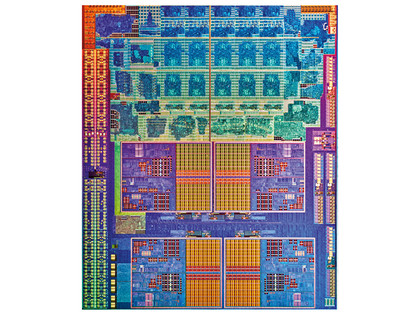
A nice example involves systems based on AMD's new low-power Zacate CPUs. OK, the Bobcat CPU core design inside Zacate ain't exactly a powerhouse. But its 80-shader graphics core isn't too shabby and the whole shebang gets the job done for most things short of gaming.
Even better, if you pick up a Zacate motherboard for around £100, you'll actually get the CPU with integrated graphics thrown in, making for a very cost effective system.
To take just one example, Asus's AMD E35M1-M PRO Zacate board has everything from SATA 6Gbps to USB 3.0 and HDMI along with a dual-core processor and integrated graphics and all for around £110. Just add memory and an SSD and you've got yourself a multi-core PC with DX11 graphics.
The AMD Fusion family
The other low-power option from AMD is the new Llano chip, otherwise known as the A-Series processor. Like Zacate, Llano doesn't drop into AMD's family of mainstream AMx sockets. It has its own FM1 socket. Llano gives you four Phenom II-class cores and the most powerful integrated graphics the world has ever seen.
The result is not a truly high performance platform. But given the sub-£100 price of a Llano chip and another £80 for a decent FM1 board with USB 3.0 and SATA 6Gbps, you've got a very nice package for under £200.
In terms of motherboard chipsets for all of these AMD Fusion processors, there's not a great deal to worry about. Many key features are located on the CPU, making the chipset less critical. Essentially, you've a choice of two known as Hudson D1 and Hudson D3.
The latter is the one to go for thanks to support for dual PCI-e graphics and four native USB 3.0 lanes. It also supports two dual-link displays, which is essential if you're a high-resolution monitor junky.
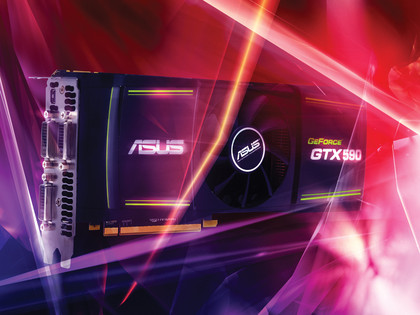
Of course, the obvious downside to both Zacate and Llano is that you can't just drop in a more powerful CPU down the road. You're locked into a low-power platform with a proprietary socket. For us, that probably restricts AMD's current Fusion chips to duty in secondary systems and casual computing rather than primary PCs.
As for Intel's low power efforts: don't bother. The Atom processor has no place in any desktop. Its processor core architecture is too weedy and its chipsets with integrated graphics are worse. Third party chipsets from the likes of Nvidia are better but still not good enough.
In any case, Intel will soon give Atom graphics on-die and entirely cut third parties out in the process. Meanwhile, the low-powered version of Intel's Core CPUs are simply overpriced.
AMD Bulldozer
If that's the shizzle regarding the rage for all things low-power, what about pukka performance PCs? The big noise here is AMD's Bulldozer CPU. Or at least it would be if Bulldozer had been launched on time. But it hasn't and we're still waiting for it.
The interspaz scuttlebutt reckons AMD has been through B0, B1 and most recently B2 steppings trying to sort out Bulldozer's performance.
Meanwhile, leaked benchmarks purporting to reveal performance from the top quad-module Bulldozer processor put its performance somewhere between a quad-core Intel Core i7 2600K and Intel's top six-core Gulftown chips.
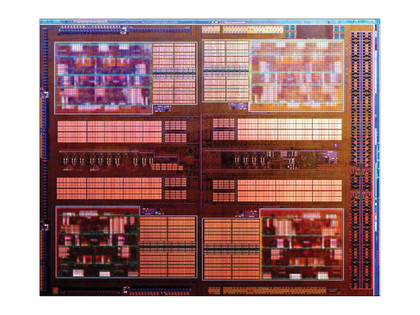
All we can say for sure is that launch events have been cancelled and the chip is clearly in some sort of trouble.
Given AMD's recent track record, we're not exactly dying of surprise. The first quad-core Phenom processor was a complete disaster, for instance, and its worth remembering AMD hasn't launched a new architecture since the Athlon in 2003.
But it is extremely frustrating, especially because Intel seems increasingly to be sand bagging at the top of its range.
The new high-end Sandy Bridge-E chips due out later this year will stick with six cores. We reckon Intel would be doing eight or even 12-core chips if AMD was putting up more of fight. So, the sooner AMD's pseudo oct-core Bullies can arrive, the sooner we can have one of those performance wars that invariably result in faster chips for less cash.
When Bulldozer does finally arrive, probably no sooner than October at this rate, the good news is that it will be mechanically compatible with all existing AM3 boards.
The first Bulldozer-based chip, code named Zambezi, slated to be sold under the AMD FX banner, doesn't have integrated graphics and it sticks with a dual-channel memory controller, so it doesn't need a radical new interface with lots of extra pins. The moderately bad news is that it will only be supported on AM3+ boards. Where things get a little complicated is chipset support.

Currently, you can buy AM3+ boards based on everything from the ancient 7 Series chipset through the 8 Series and now the spangly new 9 Series. In theory, all should be compatible with Zambezi, with 9 Series boards working out of the box and the older motherboards requiring a BIOS update from the manufacturer.
Up the Zambezi
What's not clear is whether there will be any benefit to be had from the new and supposedly Bulldozer-optimised 9 Series chipset. The facts as we know them pertaining to the top-rung 990FX go something like this: The 990FX and SB950 southbridge chips are literally the same silicon as the older 890FX and SB850 chips.
However, AMD has upped the HyperTransport specification from 3.0 to 3.1, delivering a bandwidth boost from 5.2Gtps to 6.4Gtps. The 9 Series will also be the first AMD chipset with full Nvidia SLI multi-GPU support and without the need for that silly NF200 controller chip.
Turbo Core 2.0 is another feature that may turn out to be chipset-dependent for full support. Similar to existing Turbo features from both AMD and Intel, it promises to maximise performance by clocking cores according to load.
AMD says that an eight-core Bulldozer chip will boost by as much as 1GHz when up to half the cores are active. That said, we were expecting the top Zambezi model to be rated nominally at 3.2GHz and top out at 3.9GHz with Turbo boost before the delays hit.

Time will tell, but Bulldozer can't come soon enough and we certainly wouldn't consider buying an AM3 board with AM3+ models now available for as little as £50.
Indeed, if you're planning on going with Bulldozer but need to build a rig now, you have the option of picking up an AM3+ board along with something like a £60 triple-core Athlon II chip. Then chuck the tripler on eBay when Bulldozer finally shows up.
But what about Intel? The big change coming from the biggest noise in processors arrives with Panther Point chipsets, otherwise known as the 7 Series. At the top end is the X79 chipset, taking over from the crusty old X58 chipset.
There's a new socket, too, boasting a scarcely credible 2,011 pins. Say hello to LGA 2011. It replaces LGA 1366 and needs so many pins because the new Sandy Bridge-E processor has no fewer than four memory channels.
Existing triple-channel Bloomfield and Gulftown processors aren't exactly memory-starved, so you're in good company if you can't quite understand why Intel is adding even more memory bandwidth.
The explanation, of course, is that the extra bandwidth is almost definitely redundant on the desktop. But the LGA 2011 socket is really designed for multi-socket workstations and servers. And when you have multiple sockets in the same system, bandwidth is king.
- 1
- 2
Current page: Buying a motherboard: Fusion and Bulldozer
Next Page Buying a motherboard: 6 and 7 Series chipsetsTechnology and cars. Increasingly the twain shall meet. Which is handy, because Jeremy (Twitter) is addicted to both. Long-time tech journalist, former editor of iCar magazine and incumbent car guru for T3 magazine, Jeremy reckons in-car technology is about to go thermonuclear. No, not exploding cars. That would be silly. And dangerous. But rather an explosive period of unprecedented innovation. Enjoy the ride.